This post may contain paid links. See more info on my privacy page.
Limes make everything better! My How to Zest a Lime guide will show you the best way to get the most out of your limes! Learn how to use a grater to zest a lime, the difference between a zester and a grater, and more.
Plus, get our best recipes using lime zest that you can make easily at home, like our popular Elotes Mexicanos!

Jump to:
FAQs
Zest is the peel of the citrus fruit grated finely. Zest comes from the rind of citrus fruits. You can zest everything from lemon to orange. And, of course, limes!
Lime zest is a fun ingredient to add to tacos, salsa, dips, and more. You can kick up the flavor of just about anything with a little lime zest. It's even perfect for using in tasty dessert recipes. With the right tools, zesting a lime is easy.
The best method, and what we use in this guide for how to zest a lime, is using a fine grater. Fine graters are perfect for separating the most zest from your fruit and are so easy to use.
I prefer graters to a zesting tool or a peeler as they give you a fine pile of zest. It's perfect for use as an ingredient in all kinds of lime recipes. Plus, using one takes less time than a peeler or even a zester.
Zester vs. Grater
Although a zester can refer to the fine tooth grater we use in this guide for how to zest a lime, it also refers to a separate tool specifically made for zesting citrus.
A kitchen zester is a metal utensil with a row of holes at the top that cut the zest from citrus into ribbons. These thin ribbons of zest make a beautiful appearance for a cake or cheesecake topping.
Graters come in a few different sizes, but the kind best used for zest is a very fine grater, such as a Microplane grater. These graters have fine holes that are perfect for separating the zest from the pith of the fruit (the white skin underneath). If you want to learn how to zest a lime the best way, use a fine grater.
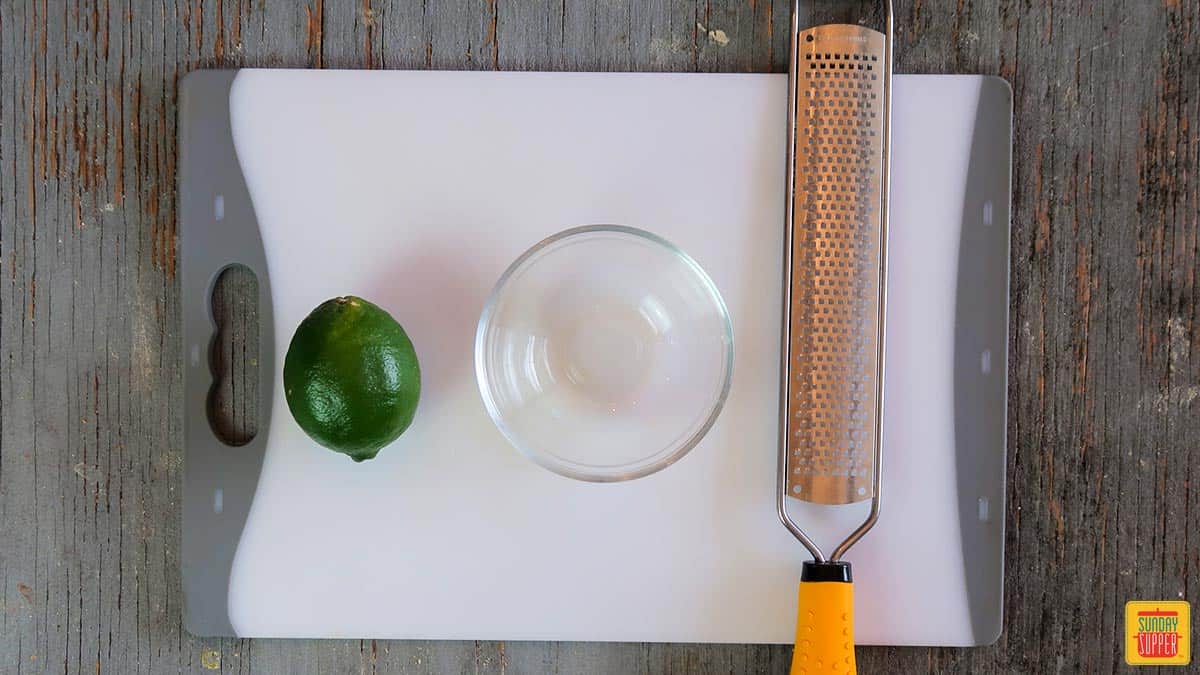
Here's a fun fact: did you know that Microplane graters actually started as woodworking tools? Microplane graters were originally wood rasps, but they have always been popular in the kitchen for zesting fruit and grating cheese. Now, many brands, along with Microplane, produce these tools as kitchen utensils.
How to Zest without a Zester
If you do not have a zester or fine grater, you can also use a peeler (both a y-peeler or a swivel peeler will work) and a knife for zesting limes and other citrus. You can also purchase a peeler that doubles as a zester.
To zest without a zester, carefully peel just the zest, and not the white pith, away from your lime. Then, finely chop the zest using a sharp knife.
If you don't have a peeler, you can use a knife to finely peel away the skin to chop into zest. However, this is trickier than using a peeler, zester, or grater, as you may cut too close and wind up cutting some of the pith away, too.
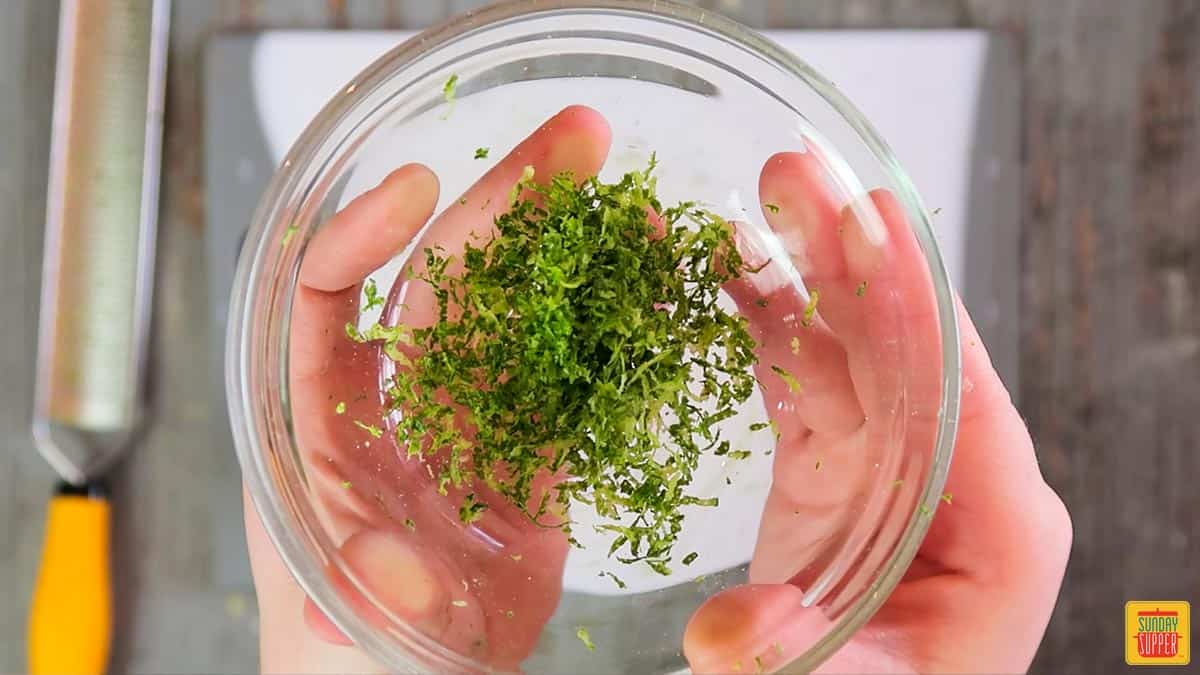
Lime Zest Substitutes
The two best substitutes for lime zest are orange and lemon zest. It's fun to change up recipe profiles by trying different zests.
Recipes Using Zest
- Mexican Street Corn Dip
- Carne Picada tacos with zest. Yes, please!
- Carlota de Limón
- Key Lime Pie Bars
- Elote
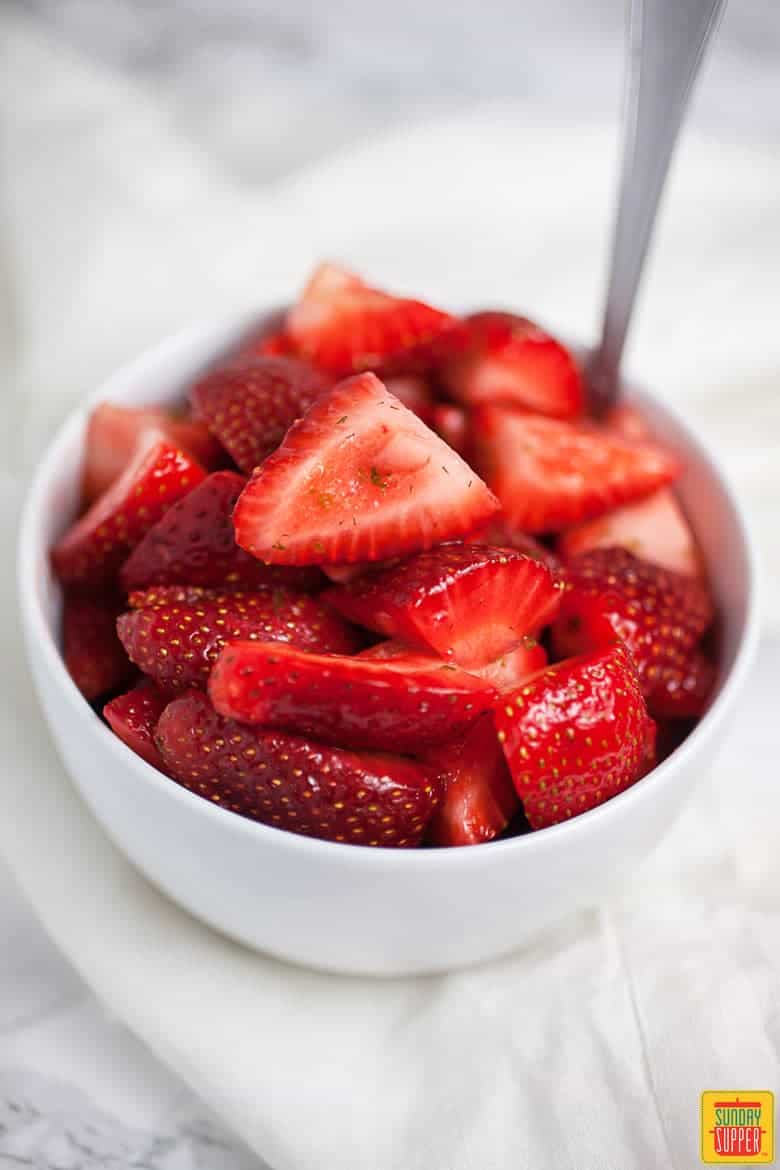
Save the Video Pin
For more easy cooking guides, try these:
- How to Cut an Avocado Easily
- How to Cut a Jalapeno
- Perfectly Poach Eggs Every Time
- How to Use a Mandoline
- How to Cut Peaches Step-by-Step
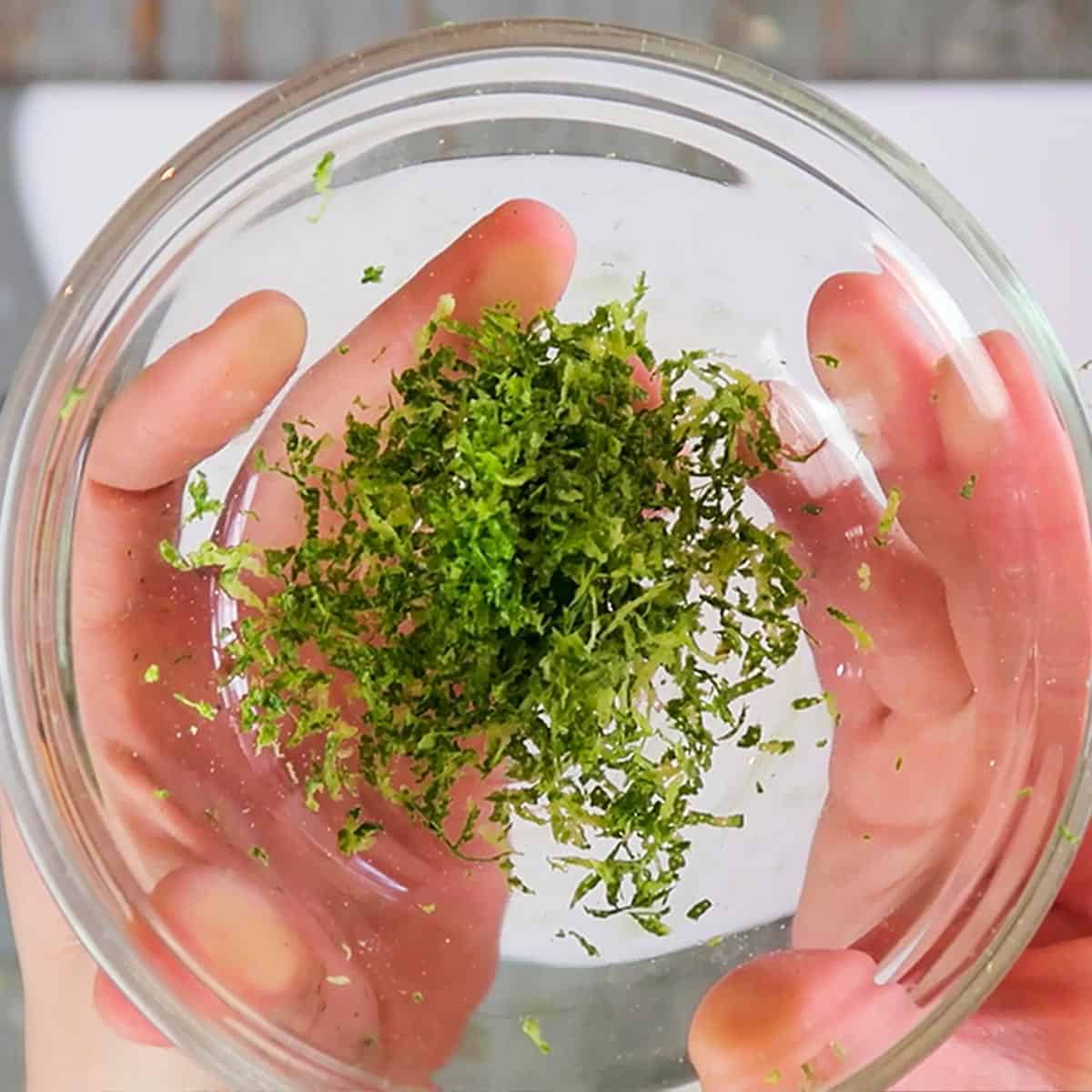
How to Zest a Lime
Video
Equipment
- Grater
Ingredients
- 1 lime
Instructions
- Hold your lime in one hand and your zester in the other.
- Carefully move your lime back and forth over the zester. Do this over a bowl to catch the zest.
Notes
- Make sure to only zest the green layer of your lime; once you've hit the white part (known as the pith), stop.
- IMPORTANT: never let your fingers get close to the zester.



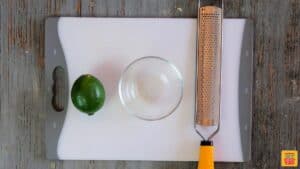
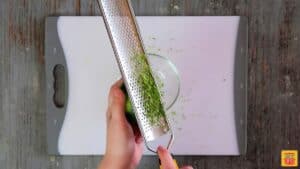
Comments
No Comments